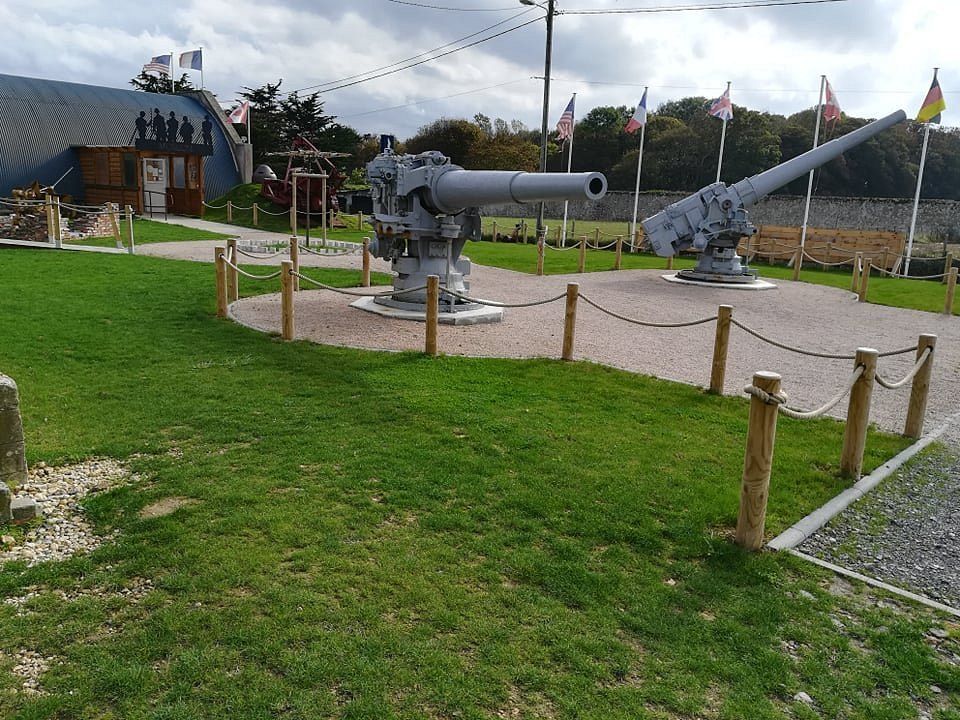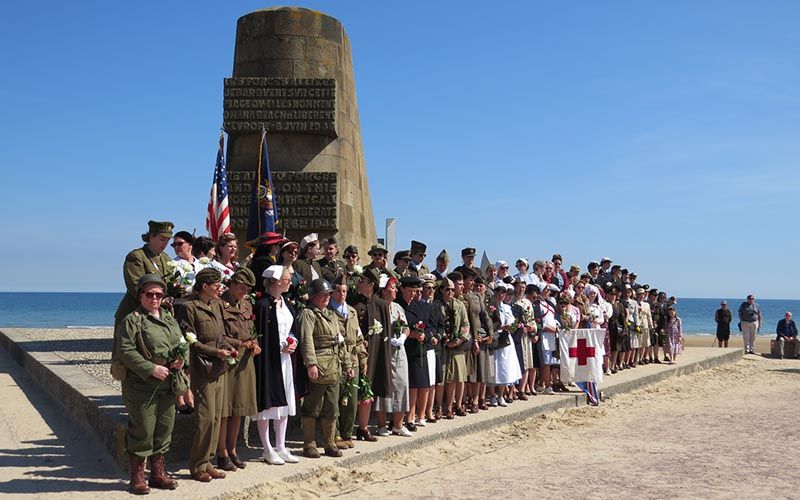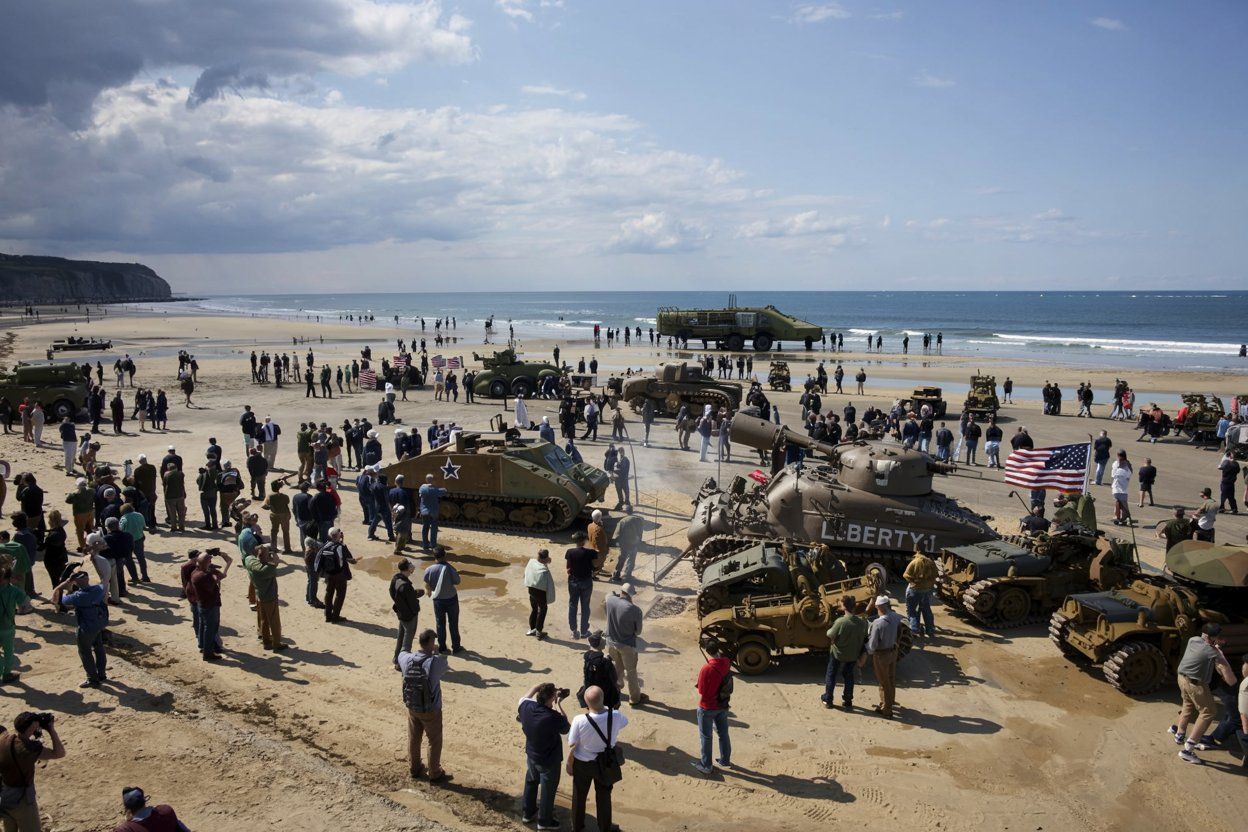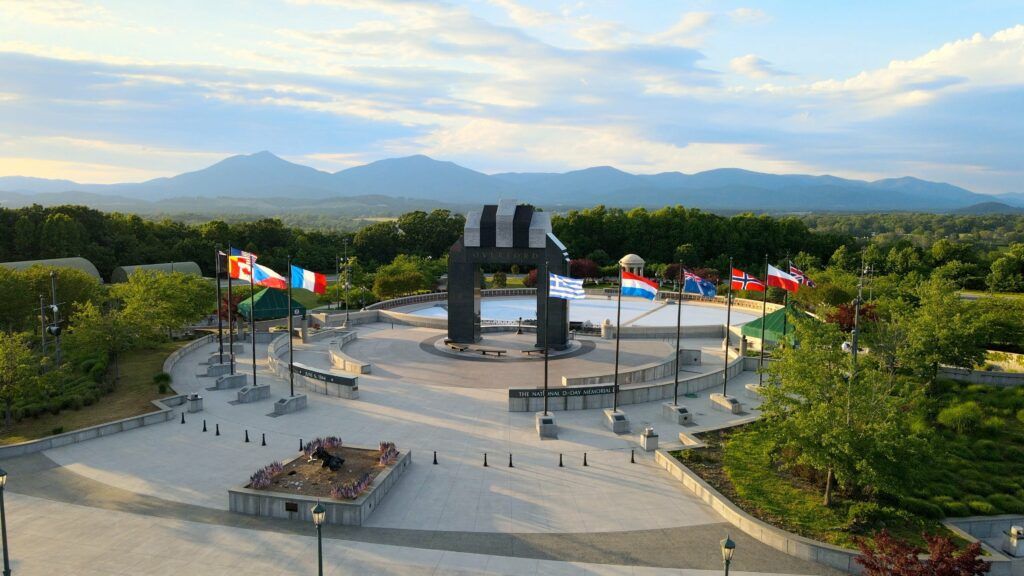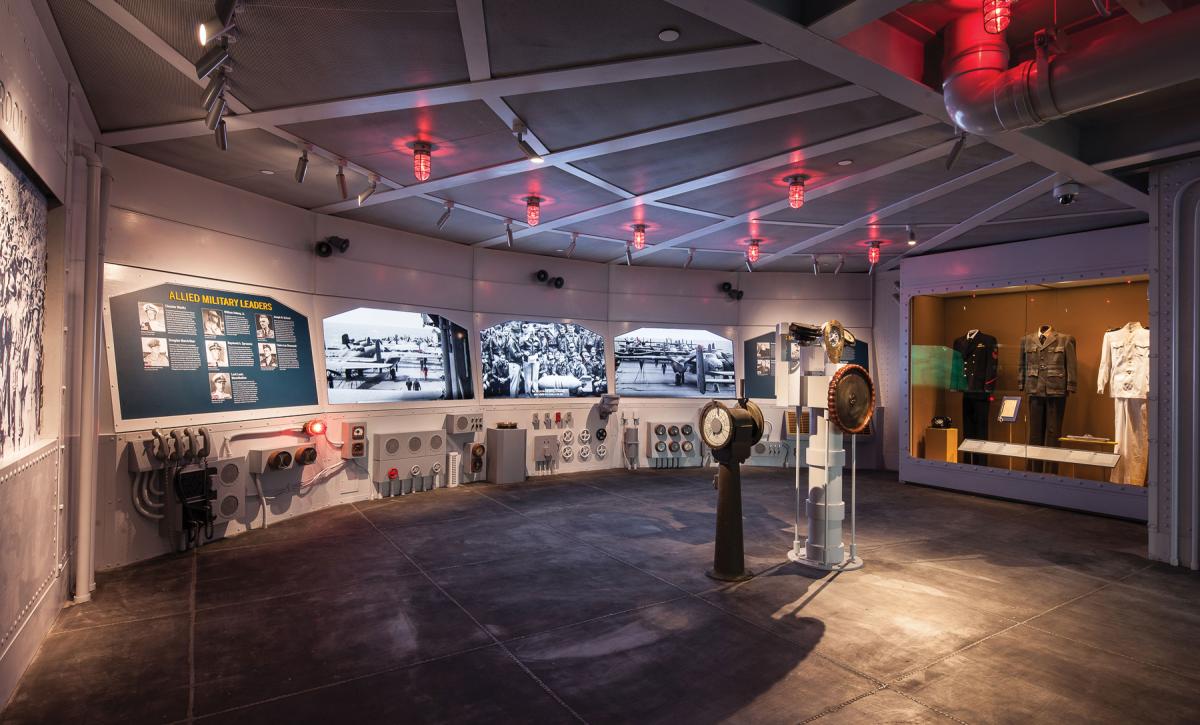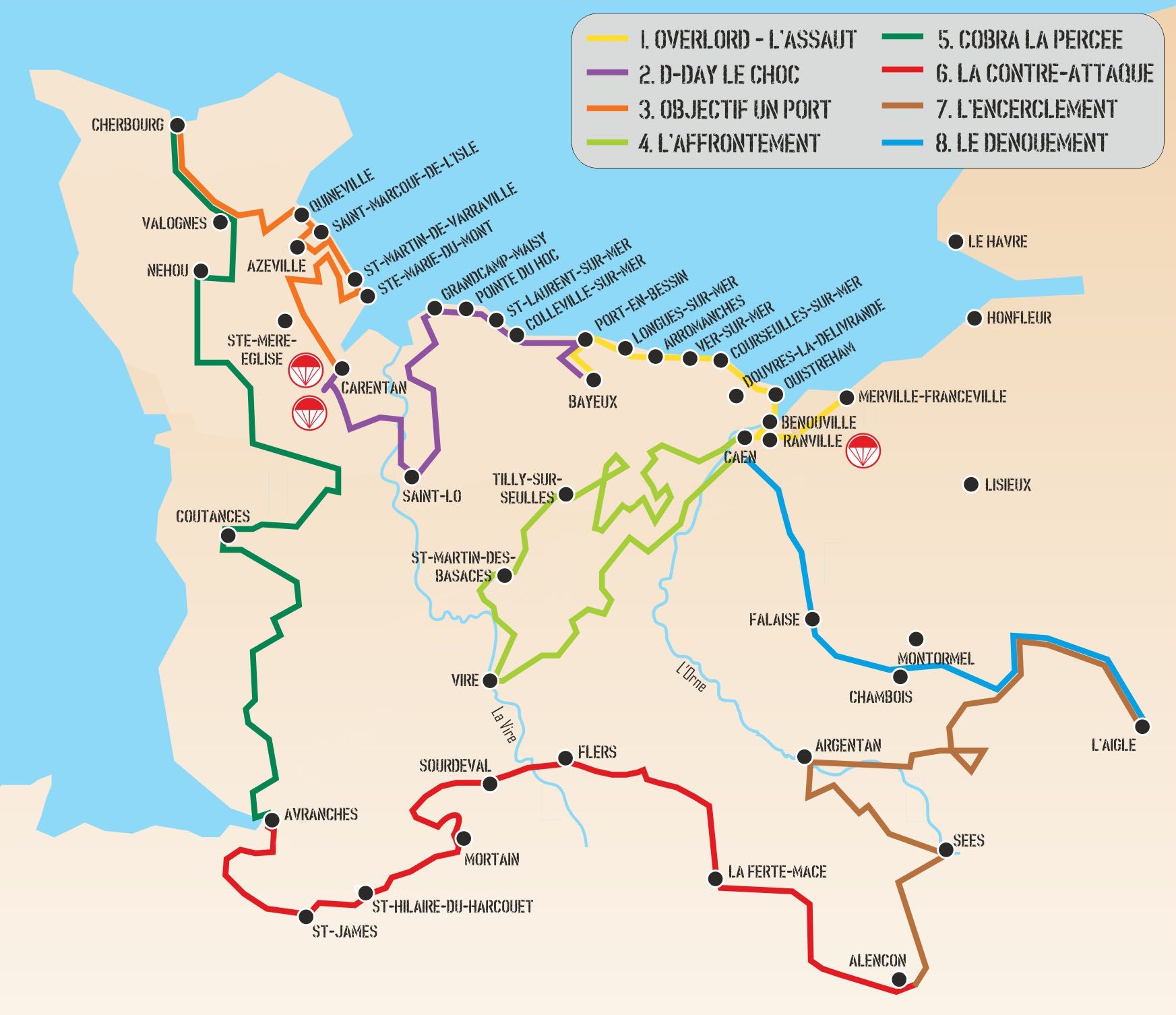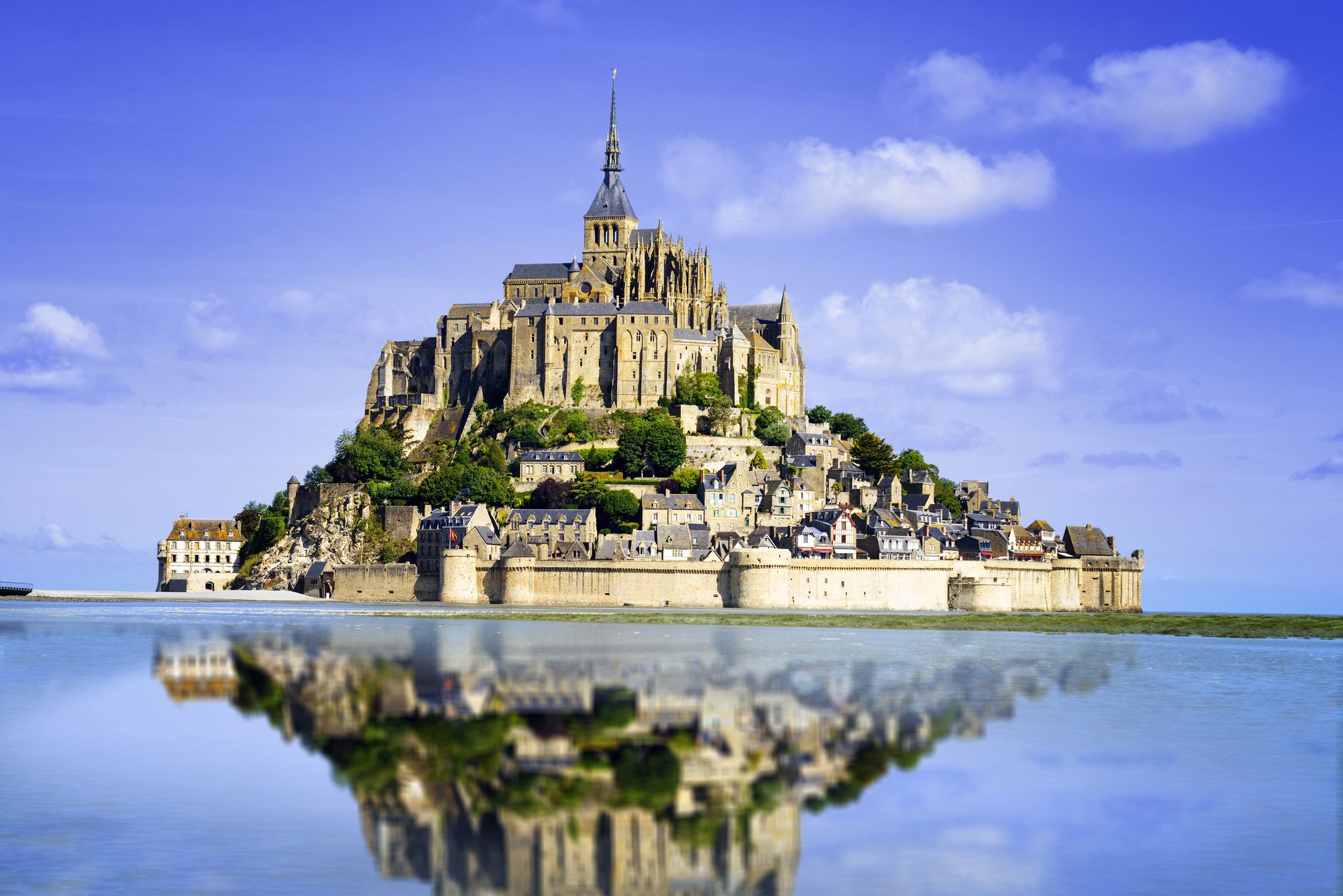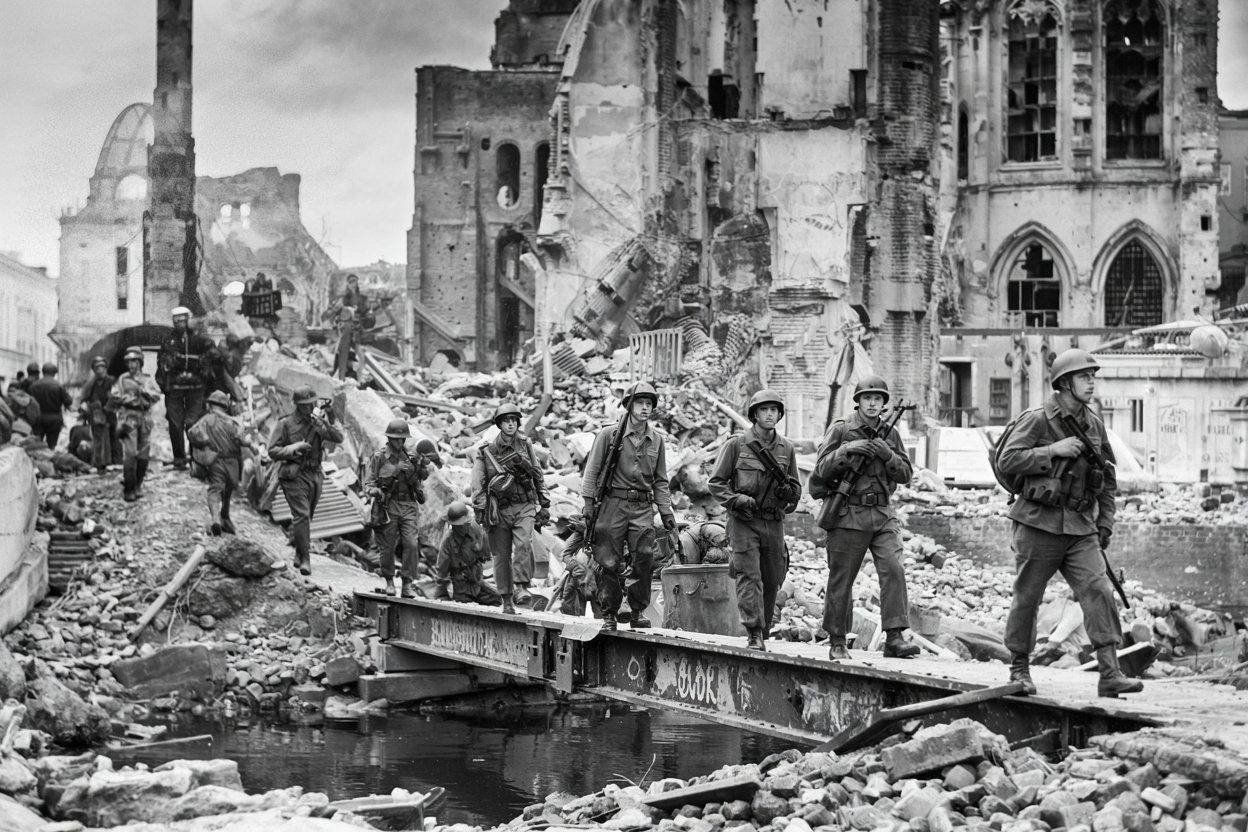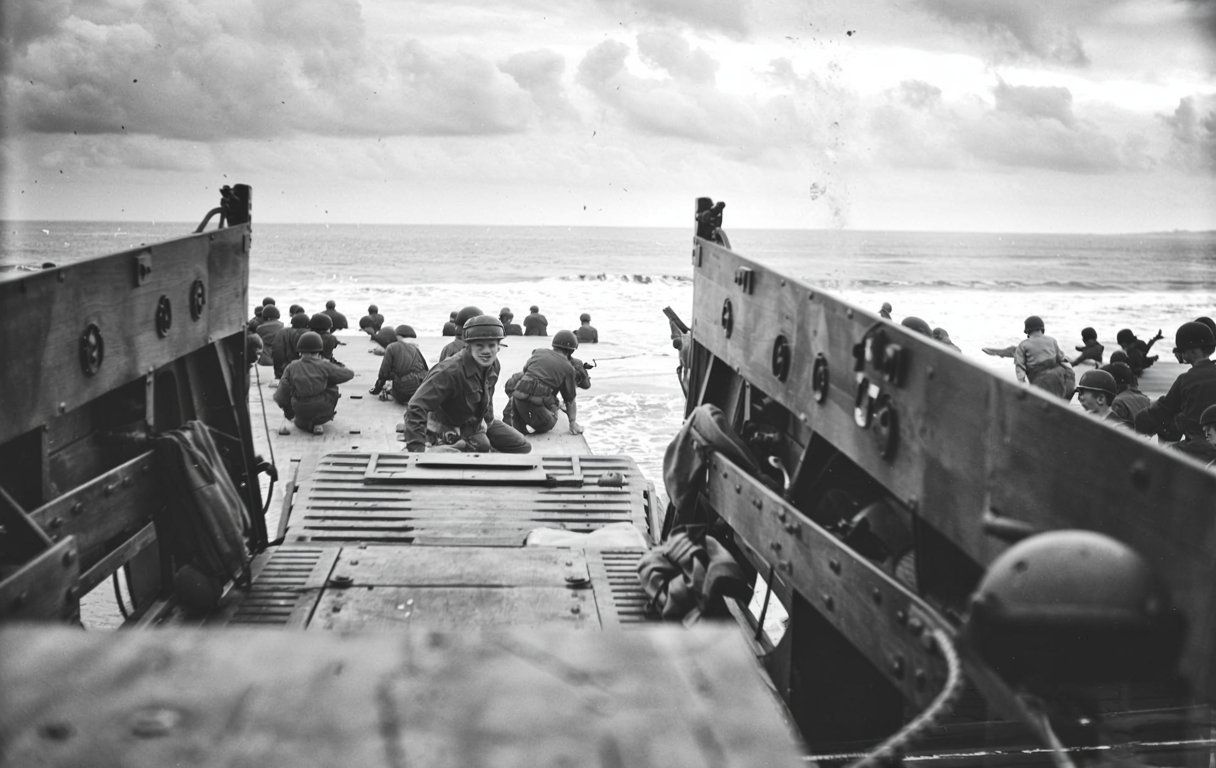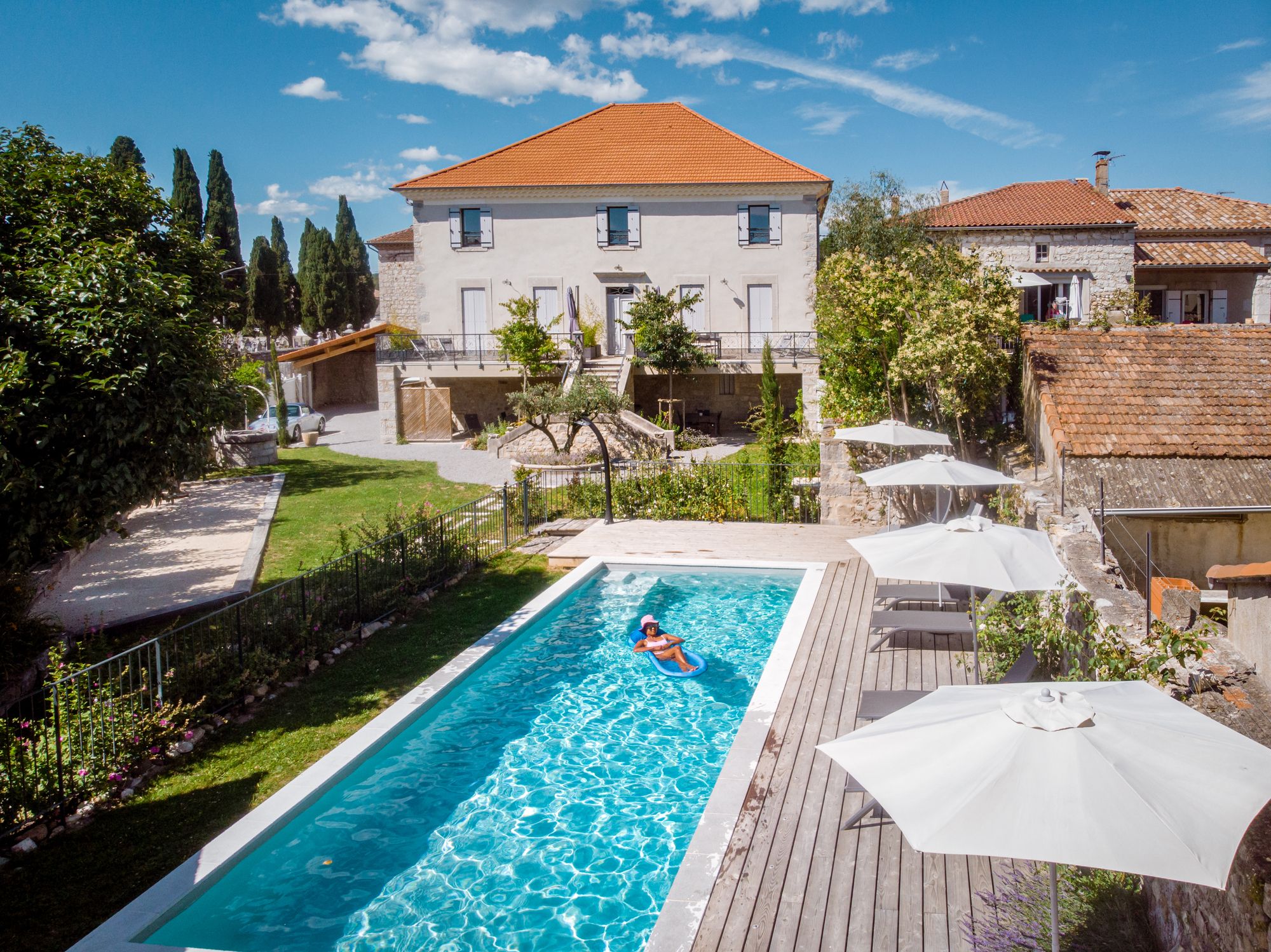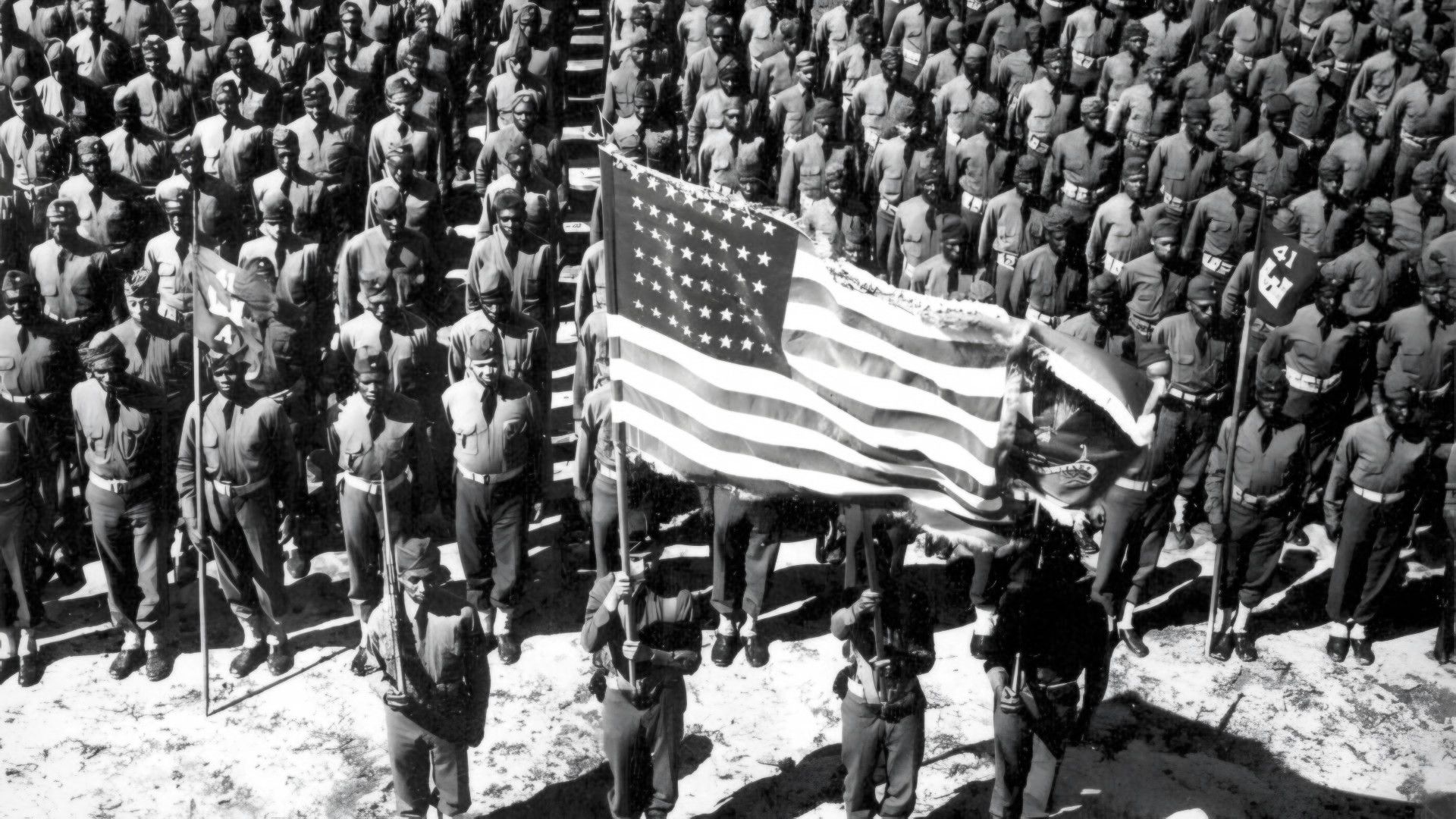Almost eighty-one years on, Normandy’s coastline still reveals the scars and stories of the largest seaborne invasion ever attempted. Operation Overlord kicked off on June 6, 1944 (D-Day), with the infamous Normandy landings that helped turn the tide against Nazi Germany. Today, if you wander Normandy, you’ll stumble across museums, memorials, and all sorts of physical reminders that keep the memory of this wild chapter in history alive.
The beaches—Utah, Omaha, Gold, Juno, and Sword—where Allied troops stormed ashore, now mix tranquil views with stark reminders of war. You’ll find concrete bunkers, battered gun emplacements, and pieces of the old Mulberry harbors scattered along the shore. These leftovers from battle feel oddly out of place against the peaceful Norman countryside.
Walking these grounds is a different experience than reading a history book. From the battered German bunkers at Pointe du Hoc to the immaculate American Cemetery at Colleville-sur-Mer, each spot adds a layer to the story of courage, sacrifice, and the massive planning behind Operation Overlord.
Overview of Operation Overlord
Operation Overlord was the Allied push to liberate Western Europe from German occupation, culminating in the huge D-Day landings on June 6, 1944. The crossing from England was one of the largest military undertakings in history.
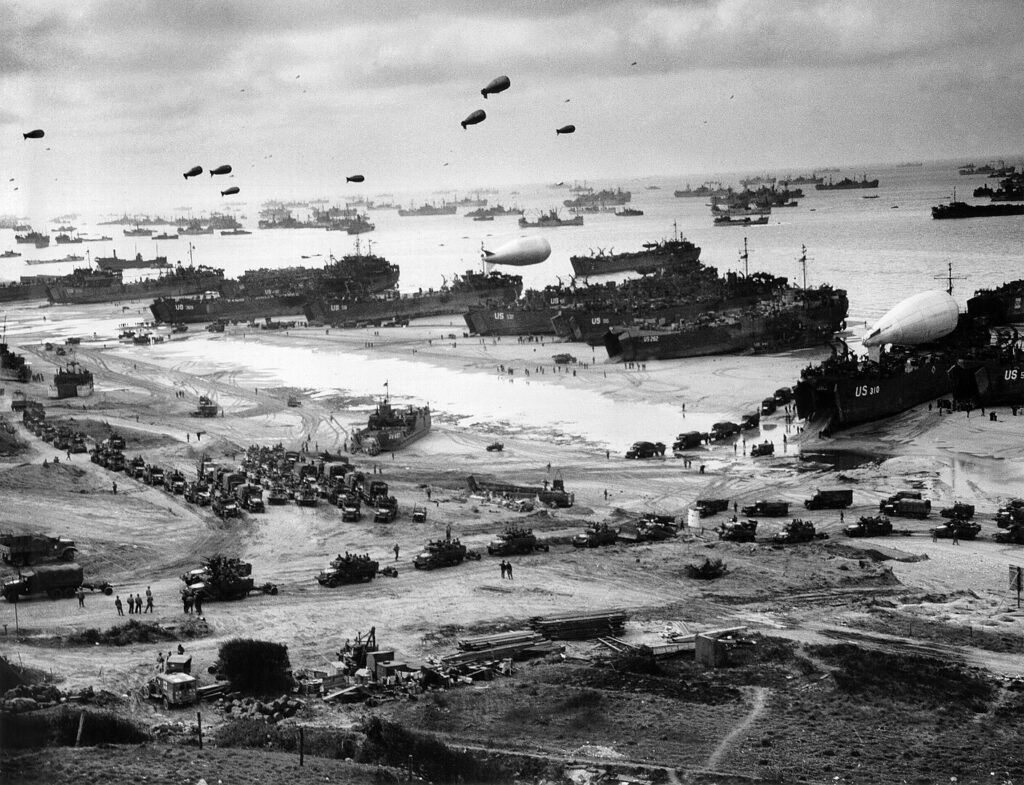
Significance of the Invasion
The Normandy invasion really flipped the script in World War II. By grabbing a foothold in France, the Allies forced Hitler to split his armies. Around 156,000 American, British, and Canadian troops landed on those five codenamed beaches—Utah, Omaha, Gold, Juno, and Sword.
This operation gave the Western Allies a chance to hit Nazi Germany from the west, while the Soviets closed in from the east. D-Day pretty much marked the beginning of the end for the Third Reich.
The invasion also showed off some serious teamwork between the Allies, who pooled their military strength, intelligence, and resources like never before.
Timeline Leading Up to D-Day
Allied planners started thinking about Overlord right after Dunkirk in 1940. By 1943, they’d set up a dedicated headquarters under General Dwight D. Eisenhower, the Supreme Allied Commander.
Leading up to D-Day, the Allies:
- Bombed German defenses from the air
- Cleared mines in the English Channel
- Ran deception campaigns (like Operation Bodyguard) to keep the Nazis guessing about where the invasion would hit
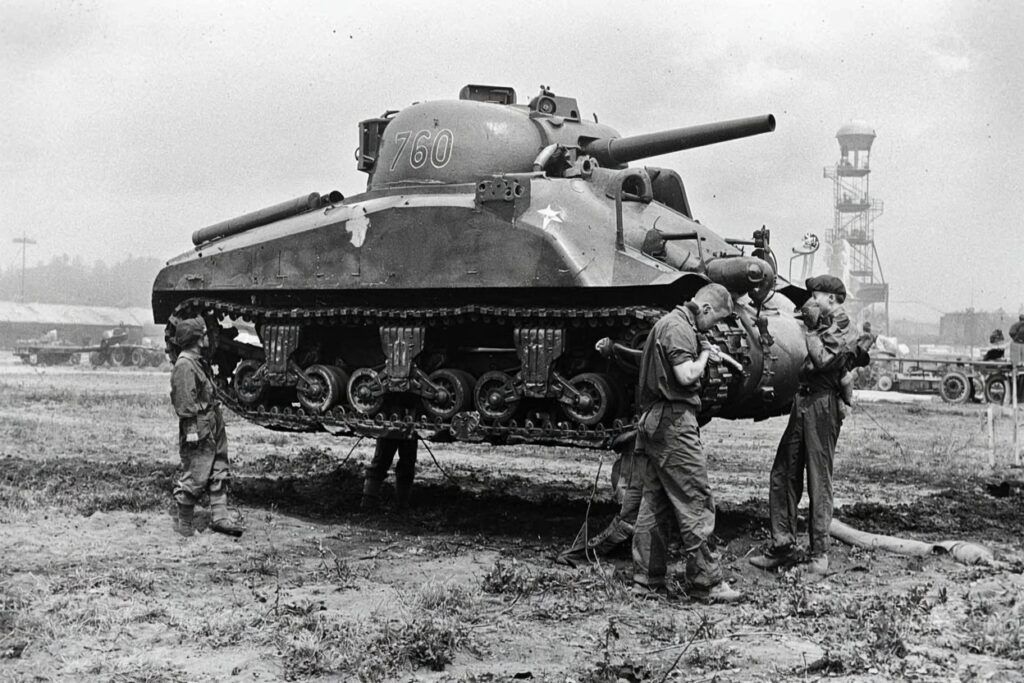
They aimed for May 1944 but had to wait for better weather and more equipment. June 5 was the new date, but storms pushed the landings to June 6.
Key Strategic Decisions
Several big calls shaped Overlord’s outcome. Choosing Normandy over the more obvious Pas-de-Calais caught the Germans off guard. It wasn’t easy terrain, but the surprise was worth it.
- Artificial harbors (Mulberries) were built to keep supplies flowing when real ports weren’t available
- Airborne divisions dropped behind enemy lines to grab bridges and crossroads
- French Resistance helped with sabotage and gathering intel
Timing was everything: they used moonlight for airborne drops and low tide to spot beach obstacles. Secrecy was so tight that even top brass didn’t have the full picture.
The Allied Landings on Normandy Beaches
On June 6, 1944, Allied troops hit five beaches along Normandy’s coast. About 156,000 Americans, Brits, and Canadians faced everything from machine gun fire to underwater mines.
Utah Beach
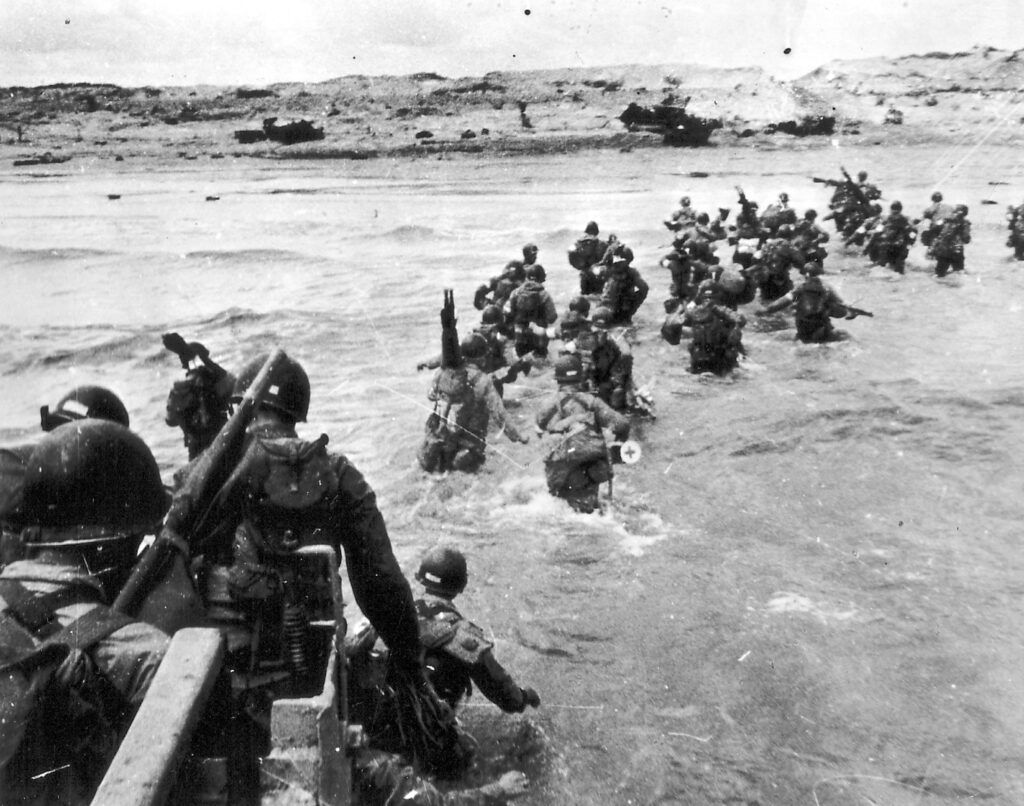
Utah Beach, furthest west, was assigned to the Americans. The U.S. 4th Infantry Division landed about 2,000 yards south of their target, thanks to strong currents. Oddly enough, that mistake worked in their favor—they ran into lighter defenses.
Troops started coming ashore at 6:30 a.m. Despite some confusion, they established a beachhead and moved inland fast. Of the 23,000 who landed, about 197 became casualties—a surprisingly low number.
Naval bombardment and earlier drops by the 101st and 82nd Airborne Divisions really helped clear the way at Utah.
Omaha Beach
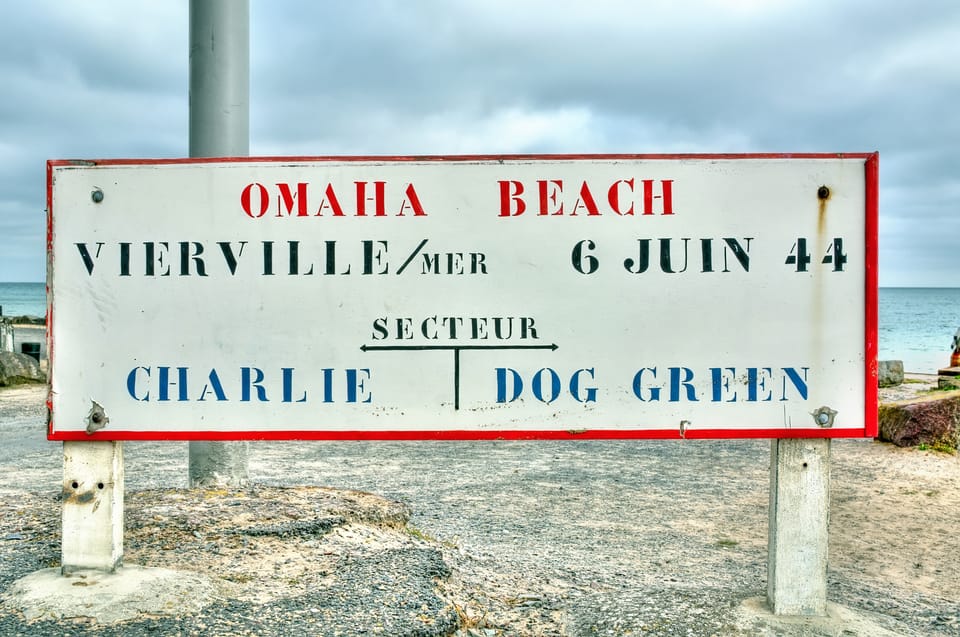
Omaha was brutal. The U.S. 1st and 29th Infantry Divisions ran into the tough German 352nd Infantry Division, dug in along high bluffs.
German guns raked the beach. Some landing craft never made it; those who did were met with withering fire.
It got so bad that General Omar Bradley thought about pulling out. But small groups of Americans clawed their way up the cliffs, inch by inch.
By nightfall, they’d barely hung on, suffering over 2,000 casualties—the highest of any beach.
Gold Beach
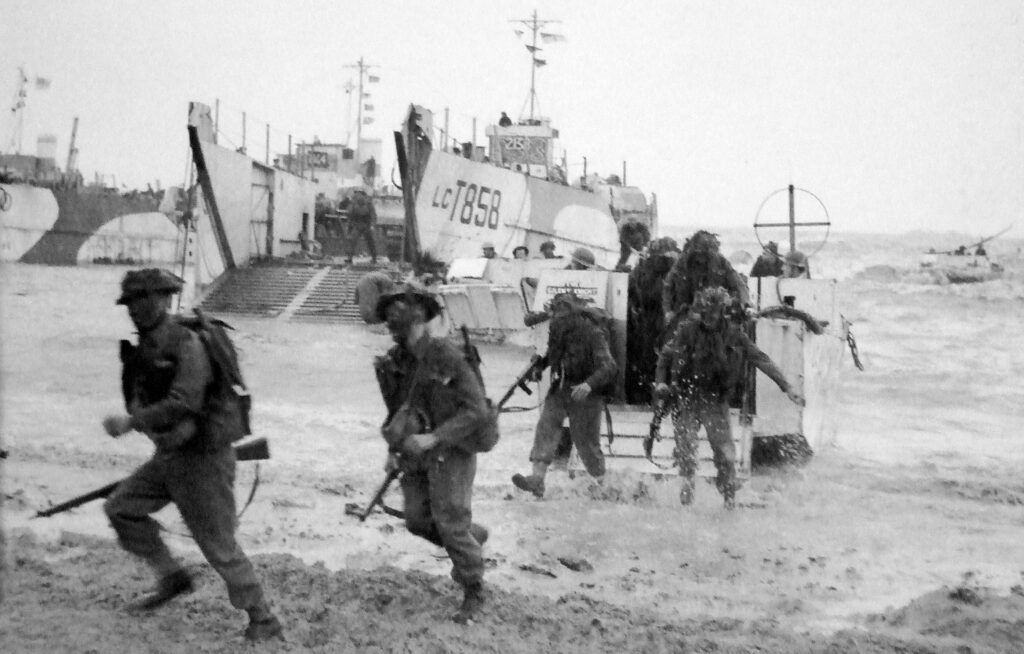
Gold Beach, in the middle, went to the British 50th Infantry Division. Their goals: take Bayeux and link up with Canadians from Juno Beach.
Landing at 7:25 a.m., they faced moderate resistance. The British rolled out “Funnies”—specialized tanks and vehicles—to get through obstacles and mines, which kept casualties down.
By the end of the day, British troops had advanced nearly six miles—more than anyone else on D-Day. They captured key villages but didn’t quite make it to Bayeux.
Their push almost connected with Omaha Beach, which would’ve joined the American and British sectors.
Juno Beach
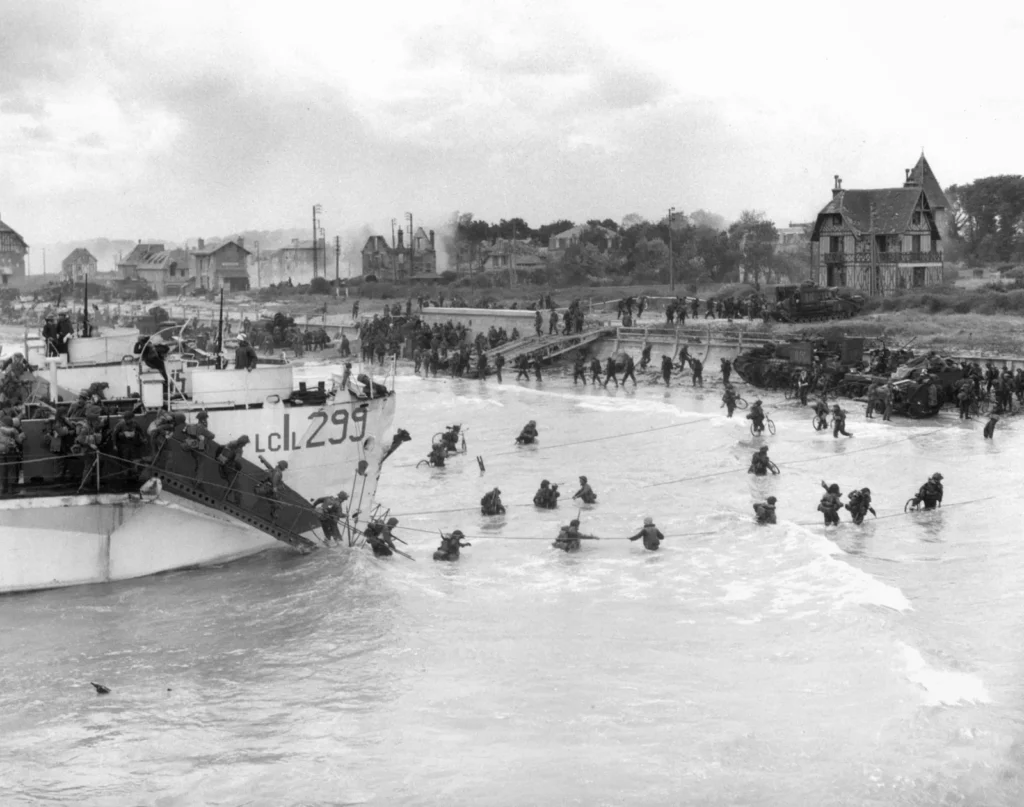
Canadians landed at Juno, squeezed between Gold and Sword. The 3rd Infantry Division, with British Commandos, hit the beach at 7:45 a.m. Rough seas delayed them, so German defenders had time to regroup after the bombardment.
Landing straight into heavy fire, the Canadians took big losses at first. But they kept moving, fought through the defenses, and pushed five miles inland—matching the British at Gold.
By day’s end, over 21,000 Canadians were ashore, holding a solid beachhead despite about 1,200 casualties. Their advance was one of the day’s biggest successes.
Sword Beach and the Eastern Flank
Sword Beach marked the eastern edge of the invasion, stretching from Ouistreham to Lion-sur-Mer. The British 3rd Infantry Division needed to secure this flank and link up with airborne troops while pushing toward Caen.
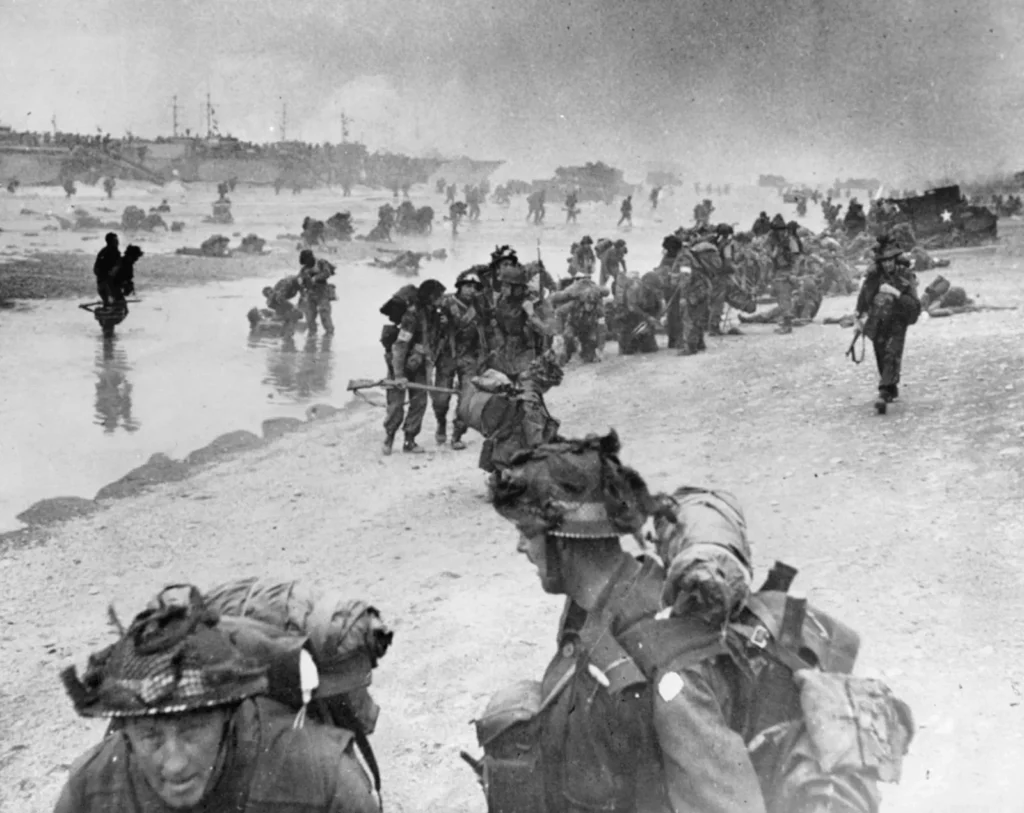
Role of Airborne Infantry
Before dawn, British airborne forces jumped into Normandy. The 6th Airborne Division parachuted in after midnight, under a bright moon. Their main tasks: grab bridges over the Orne and Caen Canal, and blow up bridges over the Dives to block German reinforcements.
The Pegasus Bridge assault was a textbook example of precision—gliders landed almost on top of the target, taking the bridge intact. This move helped shield the invasion’s left flank.
Airborne troops also knocked out Merville Battery, which threatened Sword Beach with heavy artillery.
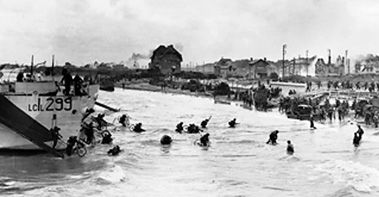
Linking Up with Juno Beach
British troops at Sword aimed to push inland and connect with Canadians at Juno. Naval guns softened up the German defenses before the infantry went in.
By mid-morning, Lord Lovat’s commandos met up with airborne forces at Pegasus Bridge. But the drive toward Caen ran into fierce resistance from the 21st Panzer Division.
General Eisenhower had stressed the need for a continuous front. Eventually, British and Canadian troops linked up, solidifying the eastern sector. Still, Caen didn’t fall on D-Day—the Germans held out longer than expected.
German Defenses and the Atlantic Wall
Hitler’s “Fortress Europe” plan led to a massive defensive line along the coast. The Atlantic Wall stretched from Norway to Spain, and Normandy got some of the heaviest fortifications.
Bunker Remains
Even now, concrete bunkers and casemates litter the Normandy coast, reminders of Germany’s defensive obsession. They poured millions of tons of concrete and steel into these things.
Standardized “Regelbau” bunkers covered everything from machine gun nests to command posts. Engineers built them to take a pounding from ships and planes.
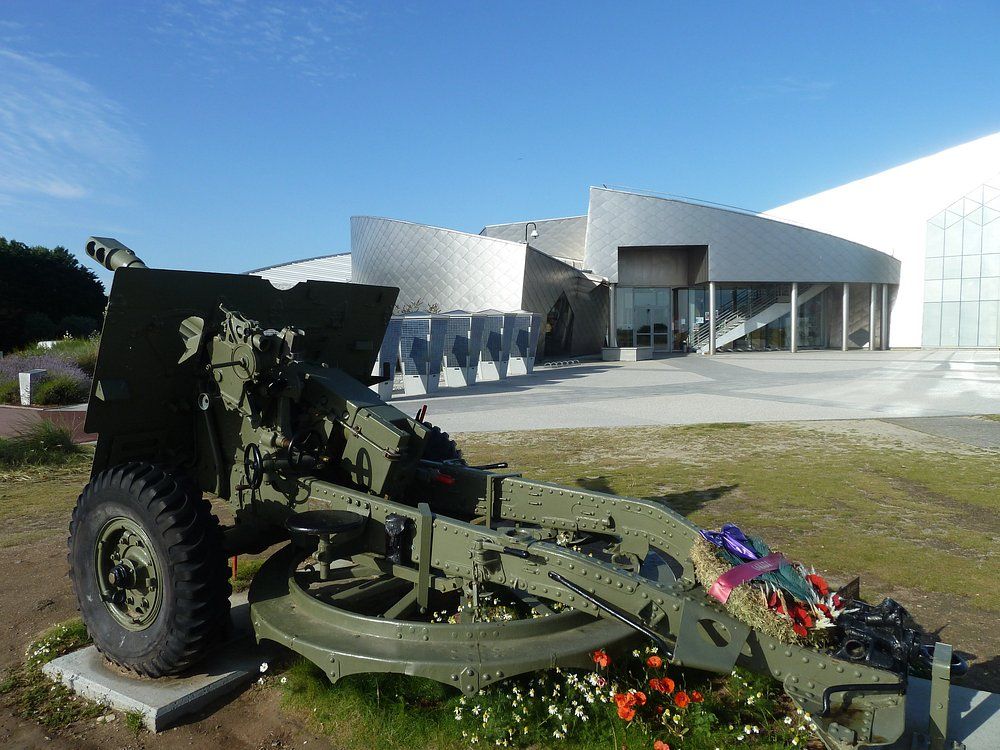
Some of the most impressive are the Widerstandsnests (resistance nests) and Stützpunkts (strongpoints), clusters of interconnected defenses. At Pointe du Hoc, you can still walk through bunkers perched on sheer cliffs, with shell craters everywhere.
Coastal Gun Batteries
German coastal defenses relied heavily on artillery, from 88mm guns up to huge 155mm cannons. These could hit ships far offshore and wreak havoc on landing craft.
The Longues-sur-Mer battery is one of the best-preserved sites—its four 150mm guns still point out to sea. The fire control post nearby gives a sweeping view of the beaches.
At Merville Battery, four 100mm guns threatened Sword Beach. Allied bombing couldn’t silence it, so British paratroopers had to take it out in a pre-dawn assault.
Key Sites of the Normandy Invasion Today
If you’re in Normandy, you can find all sorts of sites that bring D-Day to life. These places offer a glimpse into the chaos and courage of 1944.
Memorials and Museums
The Normandy American Cemetery at Colleville-sur-Mer holds 9,388 American graves. There’s a memorial with maps and stories about the invasion. It sits above Omaha Beach—a sobering spot, honestly.
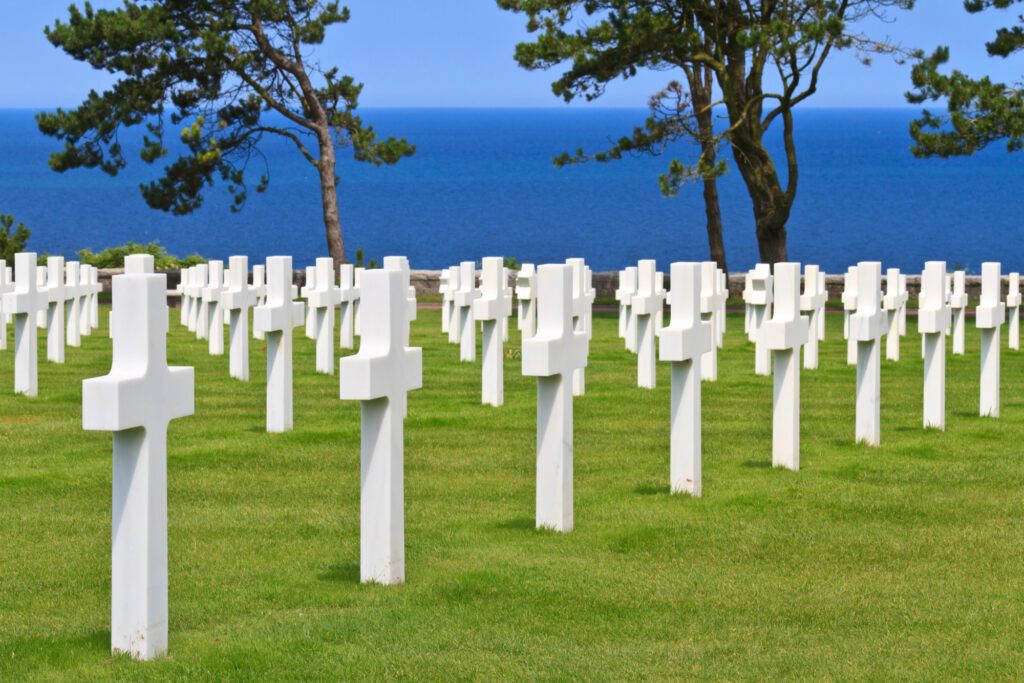
The Memorial Museum of the Battle of Normandy in Bayeux dives into every phase of the fighting. It’s packed with gear, uniforms, and soldiers’ personal effects.
Pointe du Hoc still shows the scars of battle. American Rangers scaled the cliffs under fire, and the bomb craters and bunkers are still there.
The Caen Memorial Museum covers World War II and the pursuit of peace, tying the past to today’s world.
Operation Neptune Remains
Arromanches (Gold Beach) still has pieces of the Mulberry Harbor—huge concrete blocks nicknamed “Port Winston.” You can spot them at low tide. This temporary harbor let the Allies unload supplies even without a real port.
Utah Beach Museum features a B-26 bomber and landing craft, explaining the naval side of Operation Neptune. It’s right where the Americans landed.
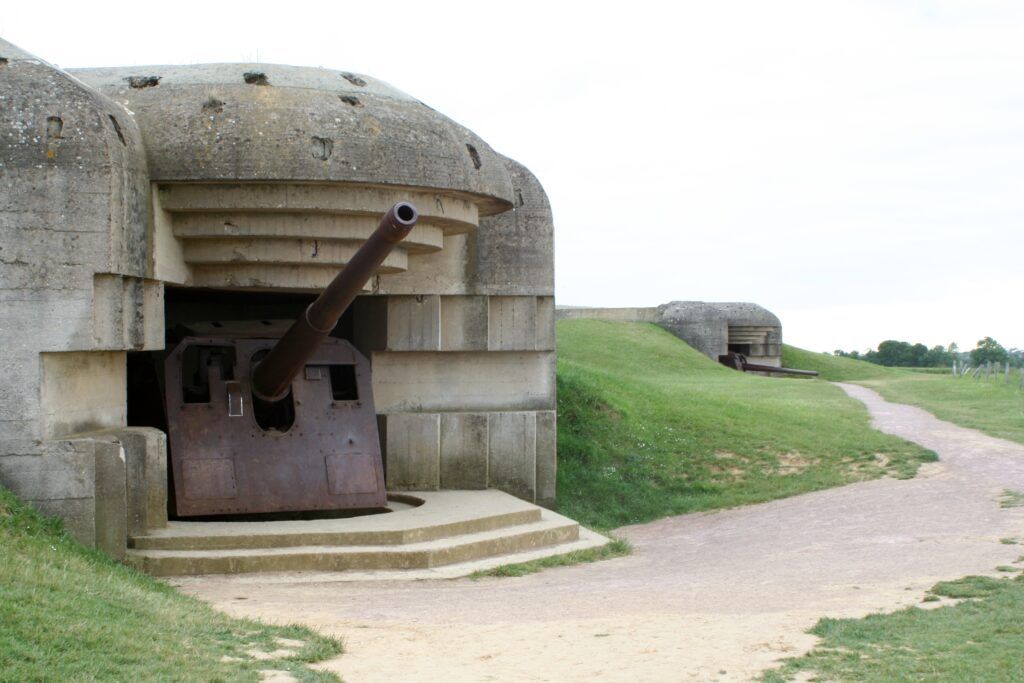
Longues-sur-Mer Battery still has its original 150mm guns in concrete bunkers, giving a real sense of what Allied ships faced.
Juno Beach Centre honors Canadian troops, with exhibits showing their gear and unforgettable photos from D-Day.
Historic Villages and Towns
Sainte-Mère-Église is famous for the paratrooper John Steele, whose chute snagged on the church steeple. There’s still a parachute mannequin hanging there. The Airborne Museum nearby tells the story of the 82nd and 101st Airborne Divisions.
Bayeux was the first major town freed in the Normandy campaign. Its medieval center survived mostly intact, offering a glimpse of pre-war Normandy. The city also has the first memorial to General de Gaulle.
Ouistreham (Sword Beach) has the Grand Bunker Atlantic Wall Museum, set inside a former German HQ. The restored six-story post shows how German troops operated there.
Small villages like Angoville-au-Plain are filled with stories—like the medics who treated both Allied and German wounded inside the village church.
Historic Towns and Strategic Points
A number of towns in northwest France played key roles in Overlord, shaping the Normandy campaign and still bearing the marks of 1944.
Caen

Caen was a top target for the British and Canadians. Montgomery wanted it taken on D-Day, but heavy German resistance made that impossible.
The battle for Caen dragged on from June 6 to July 20, 1944, leaving about 80% of the city in ruins.
Today, the Memorial de Caen museum covers peace and World War II history, with detailed exhibits about the Normandy battle and its effect on civilians.
The Abbaye aux Hommes, which sheltered civilians during the bombing, still stands. Parts of Caen were rebuilt in a modernist style, so you can see the contrast between old and new architecture.
Cherbourg
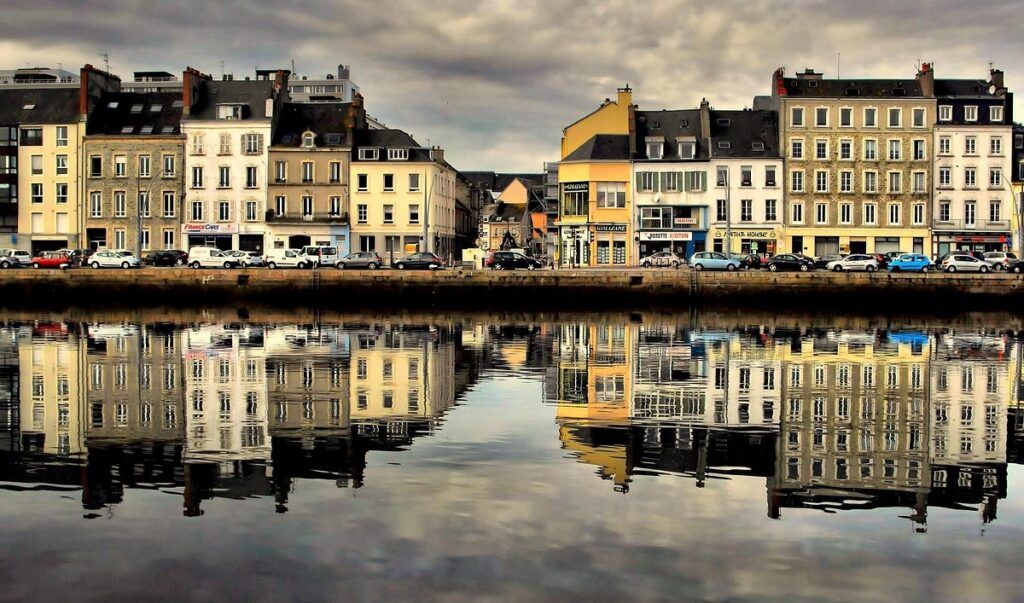
Cherbourg’s deep-water port was crucial for Allied logistics. The Americans took the city on June 30, 1944, after fierce fighting. Germans sabotaged the port before surrendering, so engineers had to work overtime to get it running again.
The Liberation Museum of Cherbourg covers the occupation and liberation. You can visit the old fortifications at Fort du Roule, once home to German artillery defending the harbor.
The city’s maritime museum highlights the port’s wartime importance. Cherbourg’s harbor is still busy today, though it’s been modernized since 1944.
Falaise
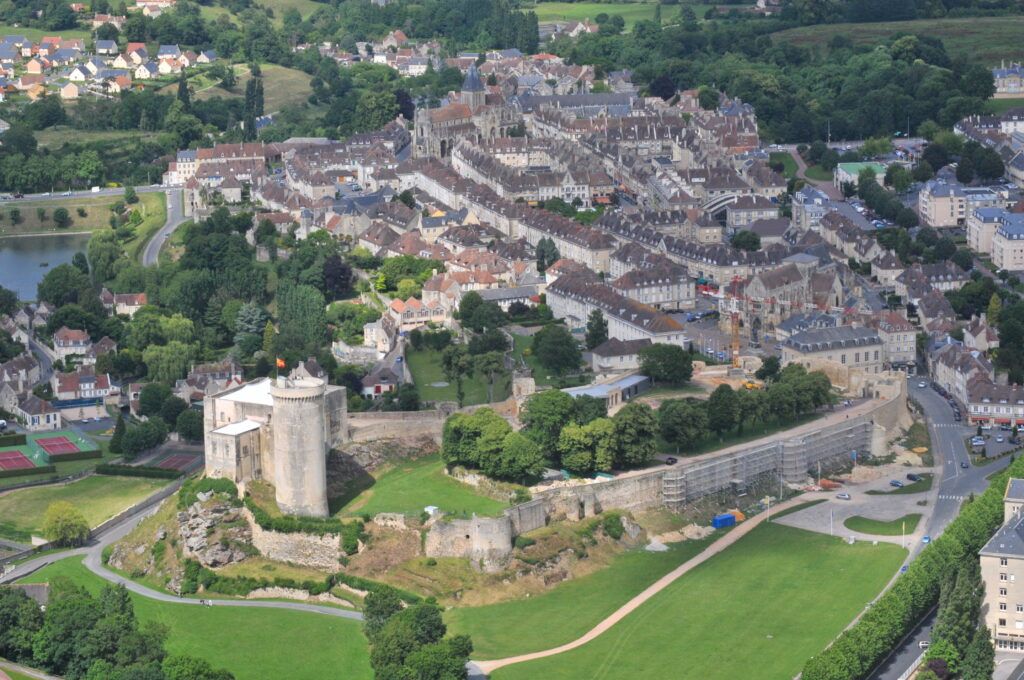
Falaise is famous for the “Falaise Pocket,” where Allied forces trapped and destroyed German armies in August 1944, basically ending the Normandy campaign.
The fighting here was fierce—American, British, Canadian, and Polish troops closed in, trapping the German Seventh Army and Fifth Panzer Army.
Now, the Memorial des Civils honors the civilians caught up in the battle. The medieval castle where William the Conqueror was born sits alongside modern WWII memorials.
You can drive the “Corridor of Death,” the escape route for trapped German forces. The fields once littered with wrecked tanks are peaceful again, but sometimes relics still turn up during plowing.
Impact and Legacy of D-Day in Normandy
D-Day reshaped Normandy, both physically and culturally. The landings on June 6, 1944, changed WWII’s course and forged lasting ties between locals and their liberators.
Remembrance and Commemoration
Normandy pays tribute to the D-Day sacrifice with countless memorials and cemeteries. The American Cemetery at Colleville-sur-Mer holds 9,388 U.S. graves. White crosses and Stars of David stretch across 172 acres above Omaha Beach.
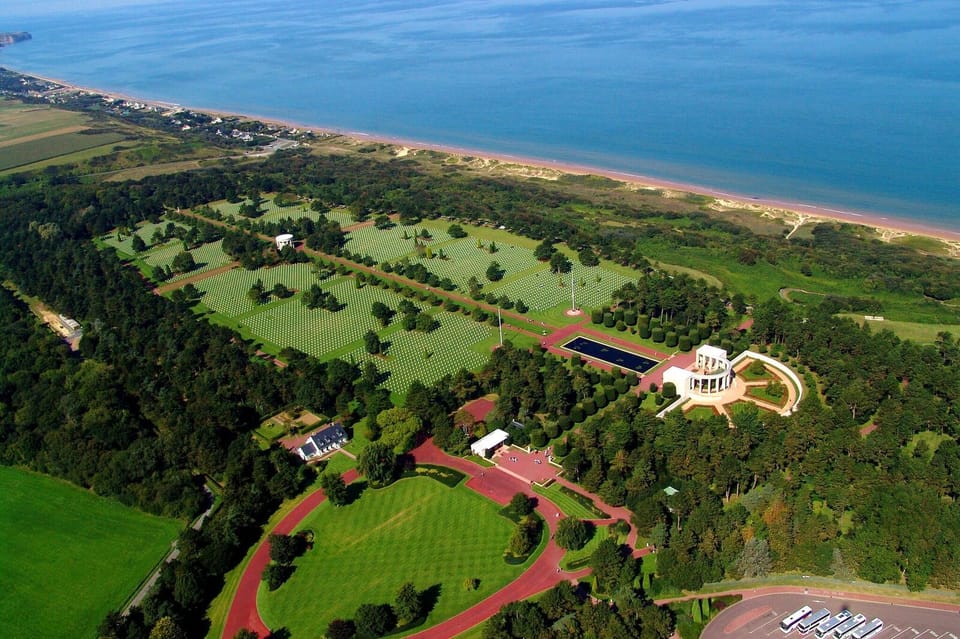
British, Canadian, and German cemeteries offer their own solemn places for reflection. Every June 6th, veterans, officials, and crowds gather to remember.
Comparing Past and Present Military Landings
Military landings have changed a lot since Normandy. The beaches that once echoed with gunfire now serve as memorials and case studies for today’s strategists.
Technology and Tactics
D-Day brought new tech—amphibious vehicles, special landing craft—that changed how armies hit the shore. The 16th Infantry Regiment at Omaha used gear that’d look primitive next to today’s kit.
Modern amphibious assaults rely on GPS, live intel, and high-tech vessels. Today’s landing craft are faster, tougher, and better connected.
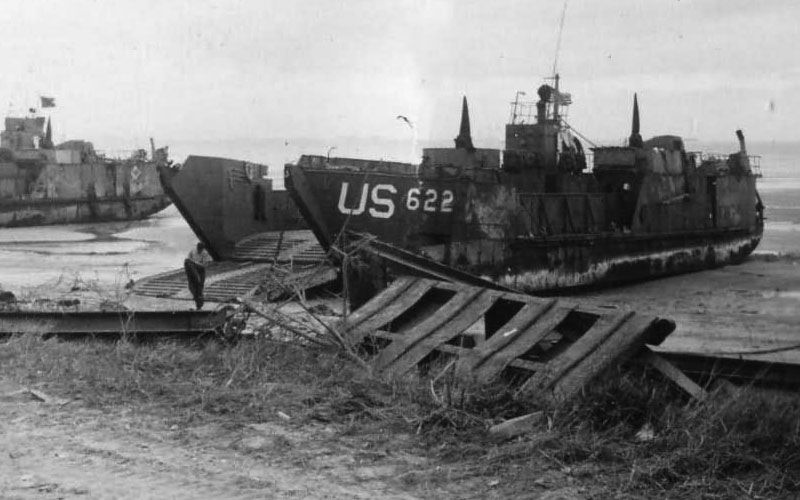
Even Ukraine’s military studies Overlord when planning. But with anti-ship missiles and drones everywhere, classic beach landings are way riskier now.
Surprise—so vital in 1944—is tough to pull off with satellites and electronic surveillance. Modern troops lean on precision strikes before hitting the beach.
Lessons from the Dieppe Raid
The failed Dieppe Raid in August 1942 taught the Allies some harsh lessons. Poor recon, lack of proper bombardment, and inadequate gear led to disaster for Canadian and British troops—60% casualties.
After Dieppe, planners improved everything: longer bombardments, specialized vehicles like DD tanks, and better intelligence. The 16th Infantry and others benefited from these changes on D-Day.
Even now, military strategists study Dieppe’s mistakes. Overwhelming firepower, meticulous planning, and the right tools are non-negotiable. The hard lessons from that raid still shape amphibious tactics worldwide.

